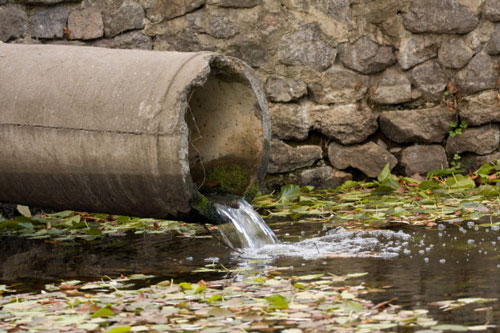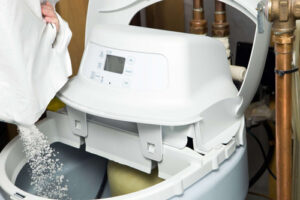If you have hazardous chemicals in your community, you deserve to know. U.S. facilities must report the management of chemicals that could pose a health risk to people and the environment. The information that these facilities submit enters the Toxics Release Inventory, and it is available to the public. If you’re still unsure about what exactly is in your water, the water specialists at Hague Quality Water of Maryland can conduct a free water analysis and give you suggestions for effective water treatment solutions.
The Toxics Release Inventory (TRI) helps companies and organizations make informed decisions. The TRI contains information about:
- Toxic chemical transfer and release
- Toxic waste management
- Pollution prevention activities
Currently, the TRI program covers 755 chemicals and 33 categories. Facilities that use toxic chemicals must report their use annually. The chemicals covered by the TRI program include those that cause:
- Significant adverse human health effects
- Cancer or other chronic effects
- Adverse environmental effects
Creation of the TRI Program
Congress passed the Emergency Planning and Community Right-to-Know Act, or the EPCRA, in 1986. This act was enacted after two events:
- In 1984, a toxic cloud of gas escaped from a chemical plant in India. Thousands of people died that same night, and thousands more died later due to exposure.
- A chemical release happened at a similar plant in West Virginia in 1985, hospitalizing 135 people.
These events raised concerns about public access to information about dangerous substances. The federal government uses data from the TRI in the following legislation:
- 33/50 program
- Pollution Prevention Act of 1990
- Resource Conservation and Recovery Act
- 1990 Clean Air Act Amendments
- Clean Water Act
- Safe Drinking Water Act
- Toxic Substance Control Act
Mission and Goals of the TRI Program
The mission of the TRI program is to provide information to the public about chemical use across the nation. To do so, the program develops regulations, policies, and guidelines. They also collect and manage the use of TRI data as well as inform the public about possible exposure.
The goals of the TRI include:
- Covering Concerning Chemicals. The TRI ensures that data users can consistently evaluate the use of chemicals in different industry sectors.
- Having Credible and Quality Data. TRI information must be suitable for common use. The U.S. Environmental Protection Agency (EPA) takes steps to ensure facilities complete forms accurately. They also offer a reporting hotline to answer questions from facility representatives. Lastly, they review all forms to identify potential errors and inconsistencies.
- Accessible and Understandable Information. As a public resource, the EPA wants the TRI program to positively influence public health. The TRI program is dedicated to providing information on the health effects associated with different chemicals.
Why Does the Toxic Release Inventory Matter?
Information from the TRI program provides people with a better understanding of pollution sources. This transparency holds facilities accountable and empowers communities with a foundation for action.
TRI information is useful when it includes context. The information includes more than the numbers and consists of:
- The health effects of each chemical
- How facilities manage the chemicals
- The likelihood of exposure
The goal of the Toxic Release Inventory program is for increased public awareness and to enforce mandatory reporting from companies to prevent disasters. The slogan of the program is “A Right to Know, a Basis to Act.” You can find the information relevant to your area on the EPA website.
Filter Your Water
You should know what’s in your water. Let Hague Quality Water of Maryland give you a free water analysis so you can see what you and your family members are consuming.
When you use our Hague WaterMax® BEQ system, you will taste the difference in your drinking water. As a multi-stage water filtration system, the WaterMax® BEQ removes chlorine and other contaminants from your water, giving you the peace of mind you deserve. Call us today at (410) 757-2992 for a high-quality water test and treatment.
NOTE: Free water tests are for new customers to determine water quality and treatment solutions.





